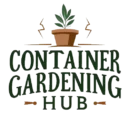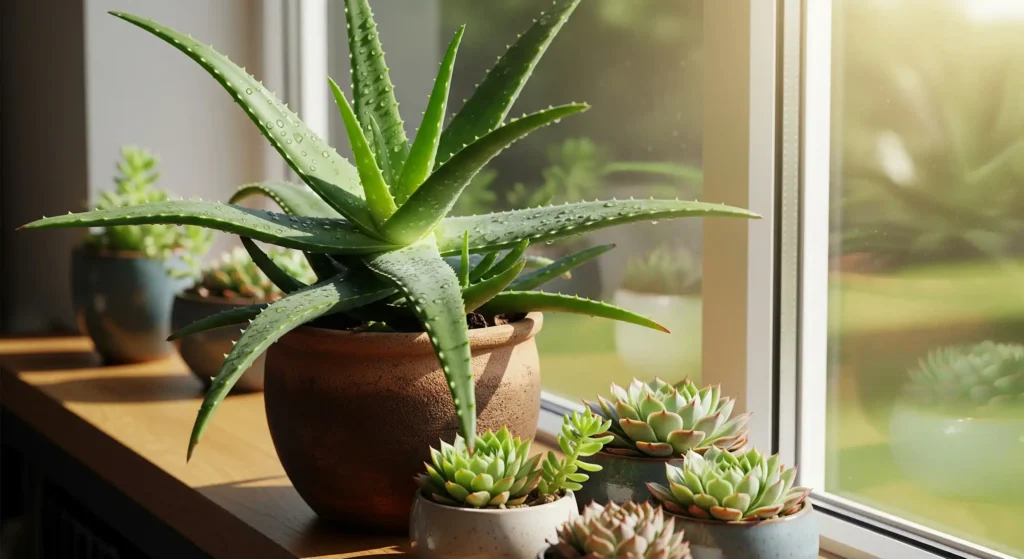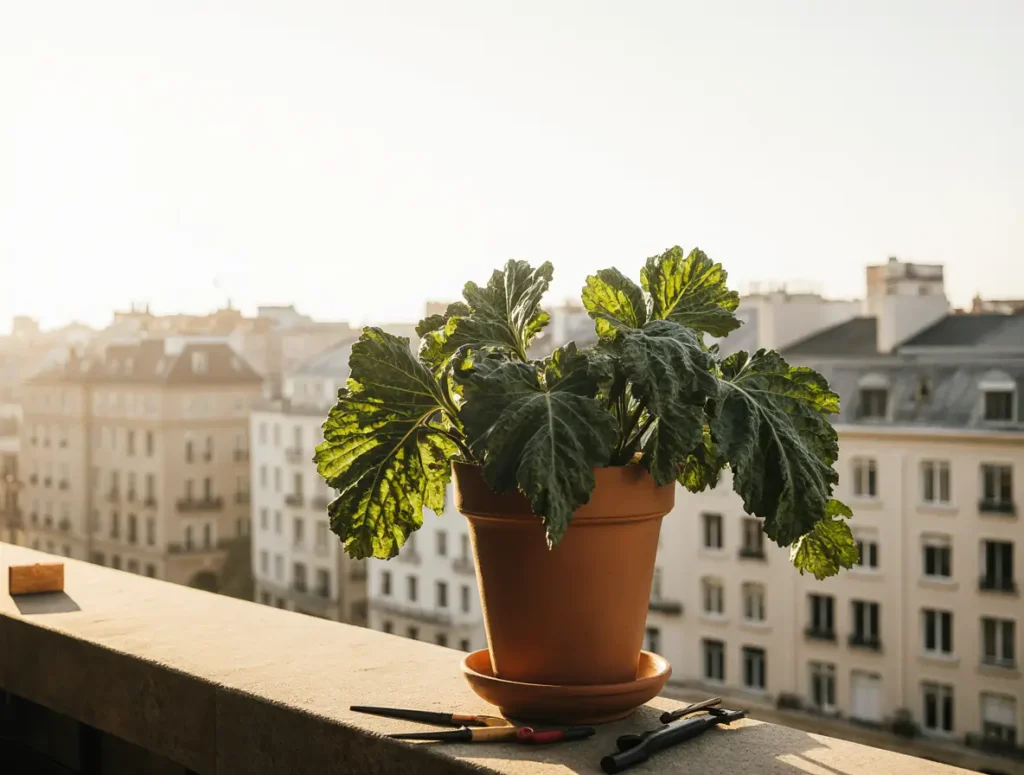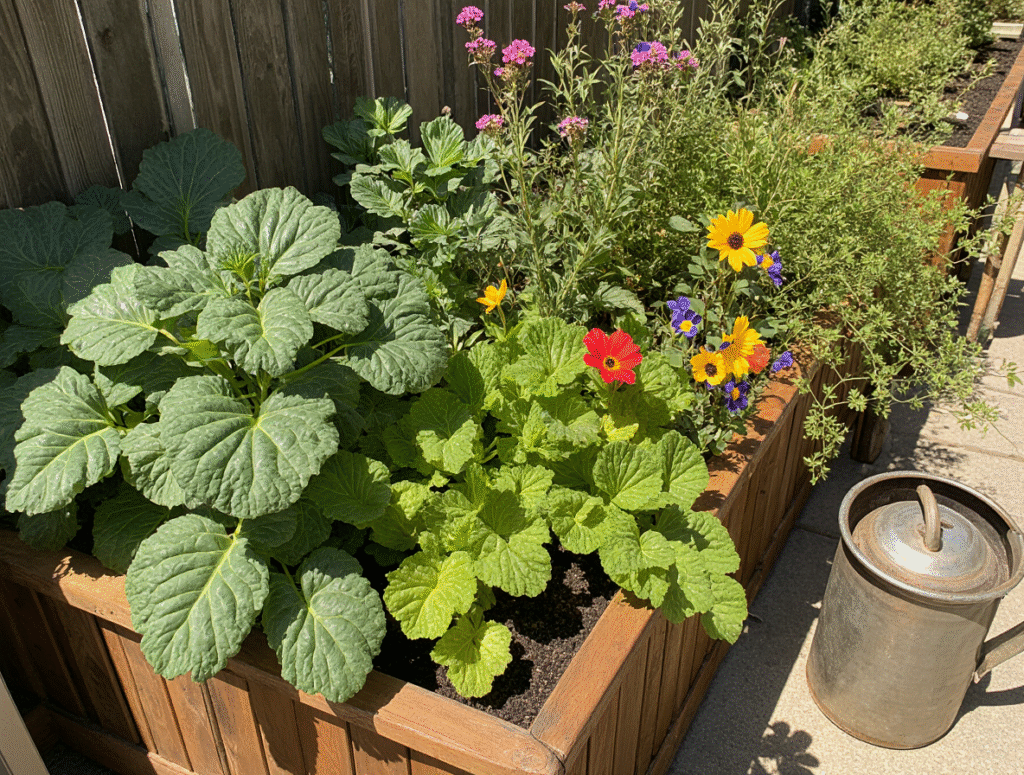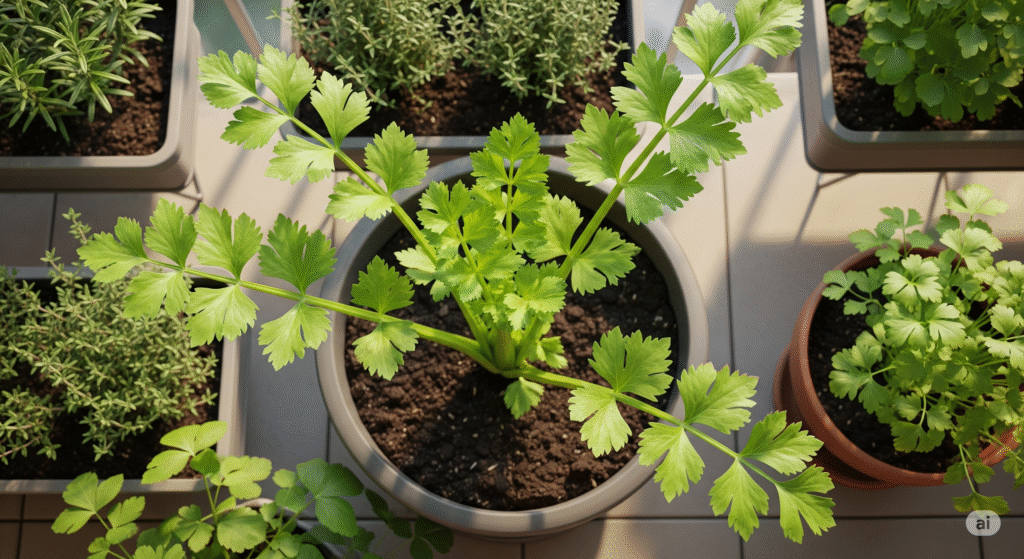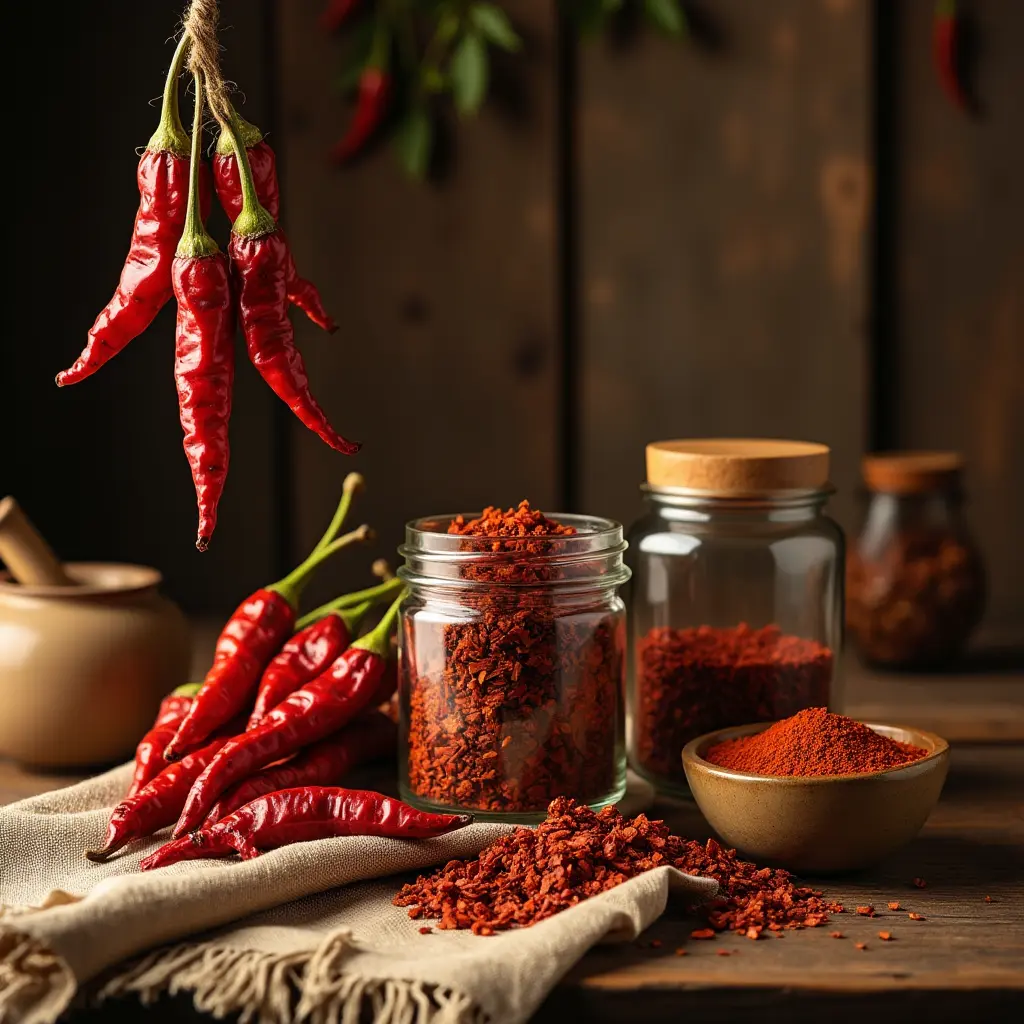
Learn how to grow pepper in pots for Maximum Yield and Flavor!
Peppers are one of the most rewarding plants to grow, whether you’re a seasoned gardener or just starting out. But what if you don’t have access to a large garden? The good news is that growing pepper in pots is not only possible but can be incredibly successful with the right approach. In this guide, we’ll walk you through everything you need to know about cultivating vibrant, healthy peppers right on your patio, balcony, or even indoors. Let’s dive into how to grow pepper in pots and unlock the secrets to bountiful harvests!
Why Grow Peppers in Pots?
Before we get started, it’s worth understanding why container gardening has become so popular among pepper enthusiasts:
- Space Efficiency : If you live in an apartment or have limited outdoor space, pots allow you to maximize every square inch.
- Mobility : You can move your plants around to follow sunlight or protect them from harsh weather conditions.
- Soil Control : Growing pepper in pots gives you full control over soil quality, ensuring optimal drainage and nutrition.
- Aesthetic Appeal : With colorful fruits and lush green foliage, potted peppers add beauty to any space.
Now let’s explore step-by-step how to grow pepper in pots successfully.
- Choosing the Right Pepper Varieties for Containers
Not all pepper varieties thrive equally well in containers. When selecting seeds or seedlings, consider factors like plant size, fruit type, and heat level. Here are some excellent options for growing pepper in pots:
Sweet Pepper Varieties:
- Bell Peppers (e.g., California Wonder, Gourmet)
- Cubanelle
- Pimiento
Hot Pepper Varieties:
- Jalapeño
- Cayenne
- Thai Chili
- Habanero (for smaller containers)
Specialty Peppers:
- Ornamental Peppers (great for aesthetic appeal)
- Banana Peppers
Tip: For beginners, bell peppers and jalapeños are excellent choices due to their adaptability and ease of care.
- Selecting the Perfect Pot
The success of growing pepper in pots largely depends on choosing the right container. Follow these guidelines:
Size Matters:
- Ensure the pot is at least 12–16 inches deep and wide enough to accommodate root growth.
- Larger varieties may require pots up to 20 gallons in capacity.
Material Options:
- Clay Pots : Excellent for regulating moisture levels but heavier.
- Plastic Pots : Lightweight and affordable but retain more water.
- Fabric Pots : Promote air pruning and prevent roots from circling.
Drainage Holes:
Make sure your pot has adequate drainage holes to avoid waterlogging, which could lead to root rot.
- Preparing the Ideal Soil Mix
Peppers thrive in loose, nutrient-rich soil with excellent drainage. Here’s how to prepare the perfect mix:
- Use a high-quality potting mix specifically designed for vegetables.
- Add organic matter such as compost or well-rotted manure to enrich the soil.
- Incorporate perlite or sand to improve drainage.
Key Nutrients:
Peppers benefit from balanced fertilizers rich in nitrogen, phosphorus, and potassium (NPK). Look for ratios like 5-10-10 or 8-16-16.
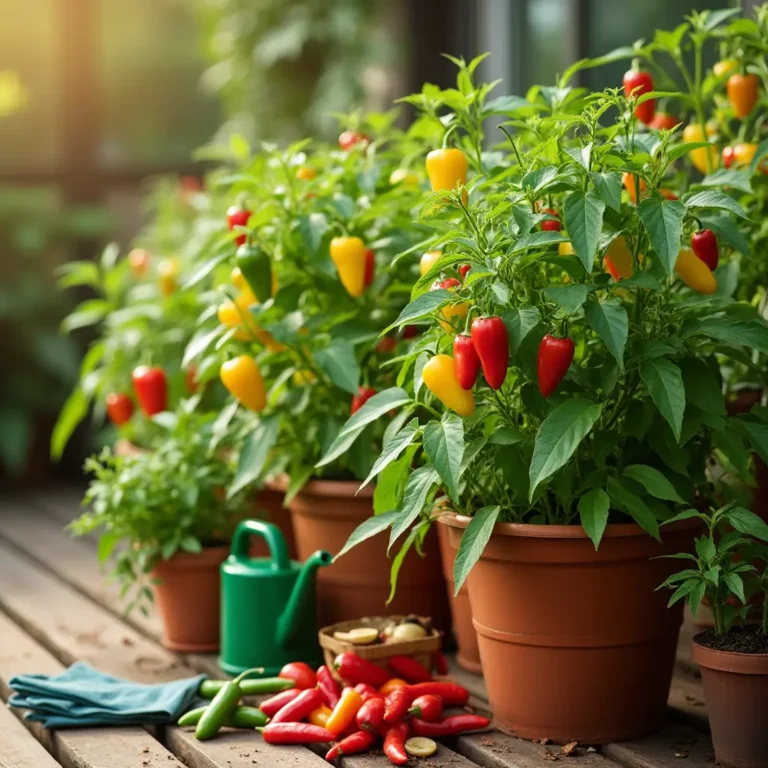
- Planting Your Pepper Plants
Once you’ve prepared your pot and soil, it’s time to plant your peppers. Follow these steps:
Step 1: Timing
Start planting after the last frost date in your area. If starting from seeds, begin indoors 6–8 weeks before transplanting outside.
Step 2: Transplanting Seedlings
- Dig a hole slightly larger than the root ball.
- Place the seedling in the center, burying it up to the first set of leaves.
- Gently firm the soil around the base.
Step 3: Spacing
Even in pots, ensure proper spacing between plants. Leave about 12–18 inches between each plant to promote airflow and reduce disease risk.
- Watering Practices for Healthy Growth
Proper watering is crucial when growing pepper in pots. Since containers dry out faster than garden beds, monitor moisture levels closely.
Tips for Watering:
- Water deeply but infrequently, aiming for 1–2 inches per week.
- Check the top 1–2 inches of soil daily; if it feels dry, it’s time to water.
- Avoid overhead watering to prevent fungal diseases.
Note: Mulching with straw or wood chips helps retain moisture and regulate soil temperature.
- Fertilizing Your Pepper Plants
Peppers are heavy feeders, so regular fertilization ensures robust growth and abundant yields.
Feeding Schedule:
- Apply a slow-release fertilizer at planting time.
- Supplement with liquid fertilizer every 2–3 weeks during the growing season.
- Increase nitrogen applications early on, then switch to higher phosphorus and potassium as flowers develop.
- Supporting Your Pepper Plants
As your plants mature, they may need support to bear the weight of their fruits. Consider using:
- Tomato cages
- Bamboo stakes
- Trellises
These supports help keep branches upright and improve air circulation, reducing the risk of pests and diseases.
- Managing Pests and Diseases
Container-grown peppers are less prone to pests and diseases compared to those in gardens, but vigilance is still essential.
Common Pests:
- Aphids
- Whiteflies
- Spider Mites
Control Methods:
- Inspect plants regularly and remove affected leaves.
- Use insecticidal soap or neem oil for natural pest control.
- Encourage beneficial insects like ladybugs.
Common Diseases:
- Blossom-end rot (caused by calcium deficiency)
- Powdery mildew
- Root rot
Prevention Strategies:
- Maintain consistent watering.
- Rotate crops annually.
Practice good sanitation by cleaning tools and removing debris
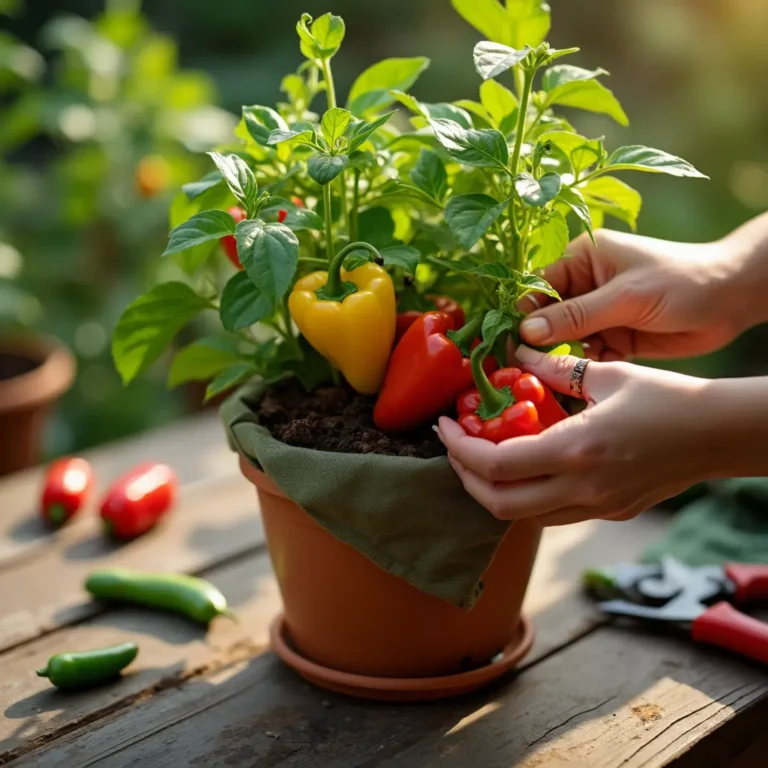
- Harvesting Your Peppers
One of the most rewarding moments comes when it’s time to pick your homegrown peppers! Here’s how to do it right:
Signs of Ripeness:
- Check color changes according to the variety (green, red, yellow, etc.).
- Feel for firmness and smooth skin.
Harvesting Techniques:
- Use sharp scissors or pruners to cut stems instead of pulling fruits off.
- Handle gently to avoid damaging the plant.
Fun Fact: Leaving some peppers on the plant longer can enhance their flavor and heat levels!
- Storing and Enjoying Your Harvest
After harvesting, store your peppers properly to extend their shelf life:
- Refrigerate unwashed peppers in a plastic bag for up to two weeks.
- Freeze sliced peppers for future use in cooking.
- Dry or pickle excess produce for long-term storage.
Troubleshooting Common Issues
Even with careful planning, issues may arise. Below are solutions to common problems:
Flower Drop:
Caused by stress such as inconsistent watering or extreme temperatures. Adjust accordingly.
Yellow Leaves:
May indicate overwatering, nutrient deficiencies, or pest infestations. Test soil and treat appropriately.
Poor Fruit Set:
Ensure pollination by shaking plants gently or using a soft brush to transfer pollen.
Conclusion: Start Growing Pepper in Pots Today!
Growing pepper in pots opens up endless possibilities for urban gardeners and hobbyists alike. By following the tips outlined above, you’ll create thriving pepper plants that deliver delicious, nutritious rewards. Remember, patience and consistency are key—your efforts will pay off with a bountiful harvest.
You Might Like
